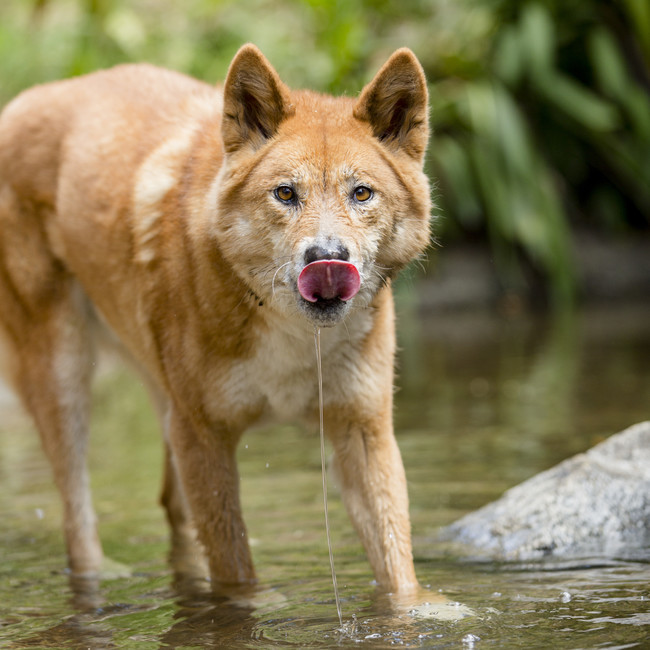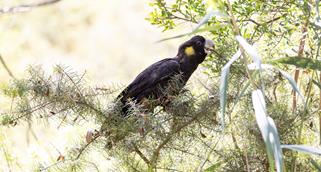Dingo
Famous or infamous? Villain or victim? Dingoes have long been controversial animals in Australia.
Dingoes are shy, with a wild and independent nature that makes them more like cats than domestic dogs.

One of the greatest threats to the dingo is interbreeding with domestic and wild dogs.
In the past, dingoes have been hunted and killed to protect farm animals, but in 2008, dingoes were listed as a threatened species in Victoria.
Dingo Country, a dramatic rocky high country exhibit at Healesville Sanctuary, offers you a rare chance to observe dingoes up close and learn about their history.
Related to the Indian Wolf, dingoes became genetically distinct after their arrival on the Australian mainland around 5,000 years ago.
New research suggests that this iconic predator helps to restore the natural order of the Australian bush. Unlike domestic dogs, dingoes only breed once a year.
Though only the leaders of the pack have offspring, all members help to rear the pups. In a dingo chorus, each animal howls at a different frequency and pattern.
Facts about Dingoes
- A combination of DNA, legend, and archaeological evidence tell us that dingoes arrived in Australia by boat with South Asian seafarers around 5,000 years ago.
- Instead of barking, dingoes howl to let neighbouring dingoes know where their territorial boundaries are.

